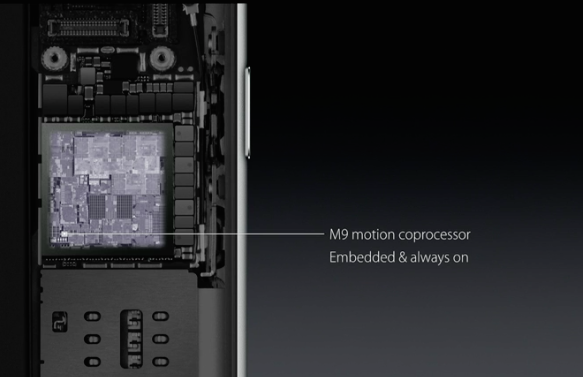Apple’s iPhone 6s has introduced an untethered ‘Hey Siri’ feature which allows for always-listening functionality even when the device isn’t charging, by utilizing the power-efficient M9 motion coprocessor to always listen for voice commands.
But as AppleInsider finds out, the handset automatically switches off untethered ‘Hey Siri’ when it’s in your pocket or face down on a table.
This is another trick in Apple’s arsenal of technologies to extend battery life.
Utilizing the M9 motion coprocessor—which on the iPhone 6s and iPhone 6s Plus is embedded within the Apple-designed ‘A9’ system-on-a-chip—the handset can determine when untethered ‘Hey Siri functionality should be available and disables the feature temporarily when the phone is laying face down or is inside your pocket.
“Displays are typically the most power-hungry component on an iPhone, and keeping the screen dark when a user cannot see it is a practical way to extend battery life,” writes Apple Insider.
It’s interesting that Apple doesn’t mention this in any of its promotional materials.
With pre-iPhone 6s iOS devices, ‘Hey Siri’ requires an iPhone or an iPad connected to external power to prevent draining the battery because power-efficient motion coprocessors found on earlier iOS devices are not capable of listening for voice at all.
“Users who want constant access to “Hey Siri” with their iPhone 6s or iPhone 6s Plus should perhaps get into the habit of laying their handset on a table face-up,” writer Neil higher remarked jokingly.
Facedown detection is another way iOS helps conserve your iPhone’s battery by not waking up the screen when a notification arrives and the phone is face down on a table.
Keep in mind that Facedown detection does not support the iPhone 4s, iPhone 5, iPad and iPod touch because these devices lack a dedicated motion coprocessor.
Apple’s M-series chips require very little energy and were designed to constantly monitor and calibrate the iPhone’s many sensors—among them the proximity sensor which is required for face detection—without waking up the power-hungry CPU.
What do you think of this nifty little feature of iPhone 6s?
Source: AppleInsider

